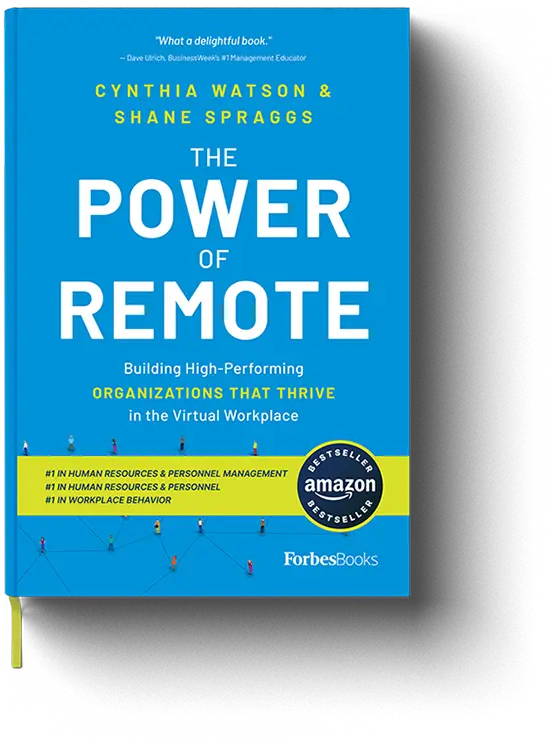

Sales has more experience overcoming great distances than any other line of work. Two millennia ago, countless traders travelled thousands of miles along the Silk Road to sell spices, textiles, and much more, connecting cultures and peoples and laying the foundations of early globalization.
Today’s businesses follow that tradition and have the luxury of looking for customers without regard for where they are, often with distributed sales teams.
In 2017, nearly three of four sales deals (72 percent) occurred outside the office, at golf courses, restaurants, hotel bars, and the like. Although some of these likely included an in-person handshake, it’s a stunning figure that underscores the extent to which salespeople are comfortable outside the office.
Beyond the handshake, these deals often require interfacing across multiple departments, partner organizations, and even continents. Yet despite all this complexity, chasing approvals and detailing custom solutions — often falls on the sales rep.
Most of today’s sales methodologies ignore a crucial problem: the logistical issues of going the last mile from a verbal “yes” to a signed sales agreement. Nowadays, a business-to-business (B2B) deal might involve anything from a fleet of cars modified for a specific purchaser to a conferencing solution sold to and implemented within a multinational corporation.
These deals often require product and service customization, special pricing and financing, and custom contracts across multiple companies and government agencies. As a result, it is increasingly rare that all the staffers providing these functions will work in the same office. These deals almost always involve remote teams, often across multiple departments, organizations, and even continents. Yet despite all this complexity, nailing down that final piece of a customer’s contract — custom solutions, financing, advanced partnerships — often falls on the sales rep.
Yet closing the deal is a process left out of nearly all major sales productivity initiatives, which tend to focus on skills that help sales reps convince prospective buyers of the value of a particular solution. The established tools, training, and incentives cover 90 percent of the deal. The other 10 percent is finalizing the transaction. It may be only a small slice, but that last 10 percent is everything because if it’s left incomplete, the sale falls apart.
Already, today’s sales reps spend most of their working hours on activities other than making actual sales. A 2011 McKinsey study found that the sales reps of a logistics firm spent about 35 percent of their time selling because they were “consumed by non-sales activities such as billing system updates, fire-fighting, and internal communications.” So for nearly two-thirds of their day, these sales reps were unable to work on sales, and this is much more the rule than the exception. A 2013 study by Pace Productivity turned up an even lower figure, finding that salespeople spend just 22 percent of their work time — barely more than one of five hours — actually selling.
Despite this, in an effort to solve the “last mile” challenge, consultants often call for sales reps to be trained on project methods to boost efficiency or for long-term project management tools to be applied to sales pursuits. This misses the point. Making a sales rep wear dual hats—keeping the customer engaged while clarifying and reinforcing the accountability of all stakeholders—is likely to bog down salespeople and stop a deal in its tracks.
So, what exactly needs to happen to put this sale to bed? This is the guiding light of our approach, which off-loads this last mile to someone trained in cross-functional team accountability. The solution is to name a talented administrator as a senior sales support consultant, or “SSC,”— a floating resource within the organization, empowered to unburden sales reps in the last stages of complex sales pursuits.
Our experience on hundreds of sales pursuits has taught us, beyond any doubt, that devoting a few SSC hours a week to completing a major sale results in more sales closed, faster close rates, reduced attrition, and more satisfied clients — not to mention sharply increased revenue.
One SSC can typically work on as many as eight deals simultaneously. By off-loading the many activities that drag down account reps’ productivity, you can spread your most valuable salespeople across more customers. This means that account reps can focus on key relationships to push sales toward completion instead of being bogged down in endless red tape and details.
Account managers usually agree with the logic that the final stages of a major sales pursuit should be like any other sales-enablement initiative. Still, getting them to hand over the management of a major sale requires careful negotiation and a concerted effort on the part of the sales leader and the SSC. You could have the account manager and his sales reps speak to other sales reps who have benefited from SSC assistance. It also helps to establish ground rules and reassure sales team members that what they say in the meetings will be confidential.
Emphasize that the SSC’s role is merely to help close the deal, not claim credit for the sale or change the way the sales team does their job. Almost without fail, bogging down top sales performers with time-consuming non-sales tasks leaves them exhausted, dispirited, and stressed, undermining crucial customer relationships and leaving many sales short of the finish line. Providing committed expertise to help these complex deals close faster, on the other hand, boosts morale and profits, and reduces attrition.
Perhaps more importantly, reliably finishing that last mile in sales is likely to put you ahead of the competition.
This article was first published as an Author Post on Forbes.com

With increased demand for hybrid and fully remote work styles, most firms understand that some form of distance work is here to stay – and have put some remote protocols in place. But are they the right ones?
It’s time to take advantage of the many opportunities remote work presents. Stop saying “we’re not there yet,” and start saying “we’ve arrived!”
This book will show you how.
By signing up, you’re confirming that you agree with our Terms and Conditions.